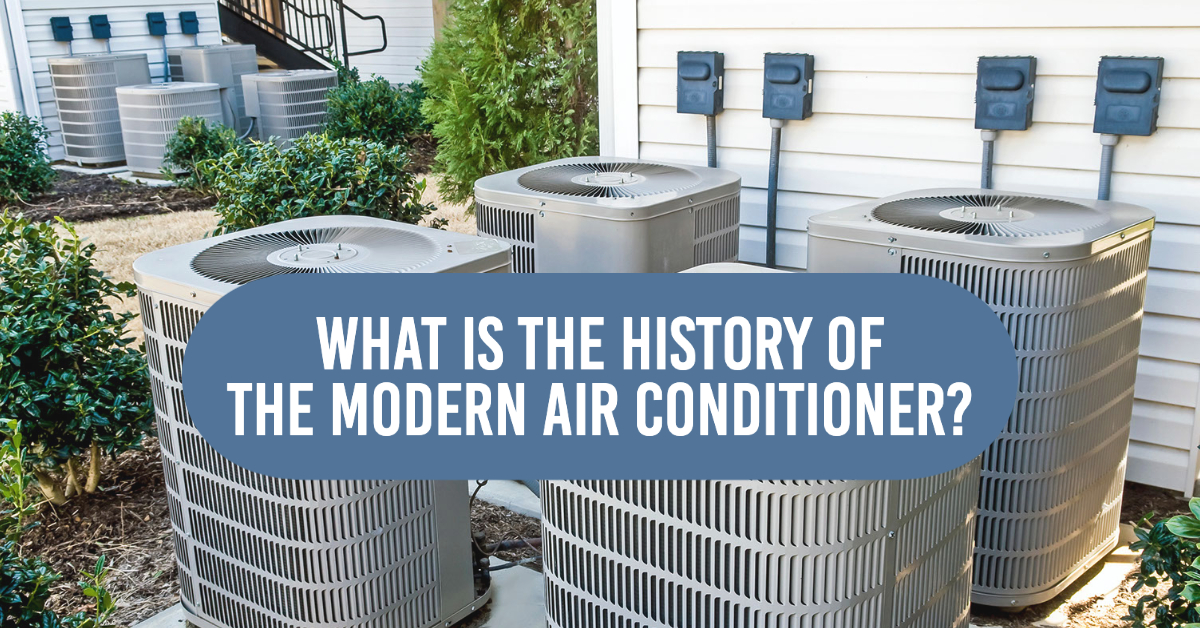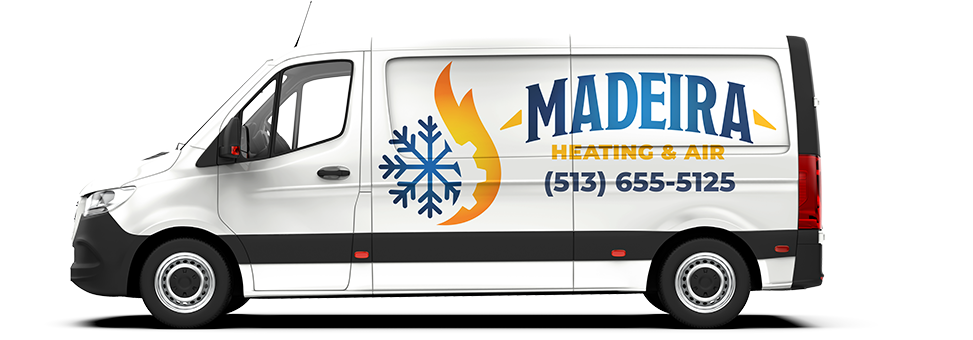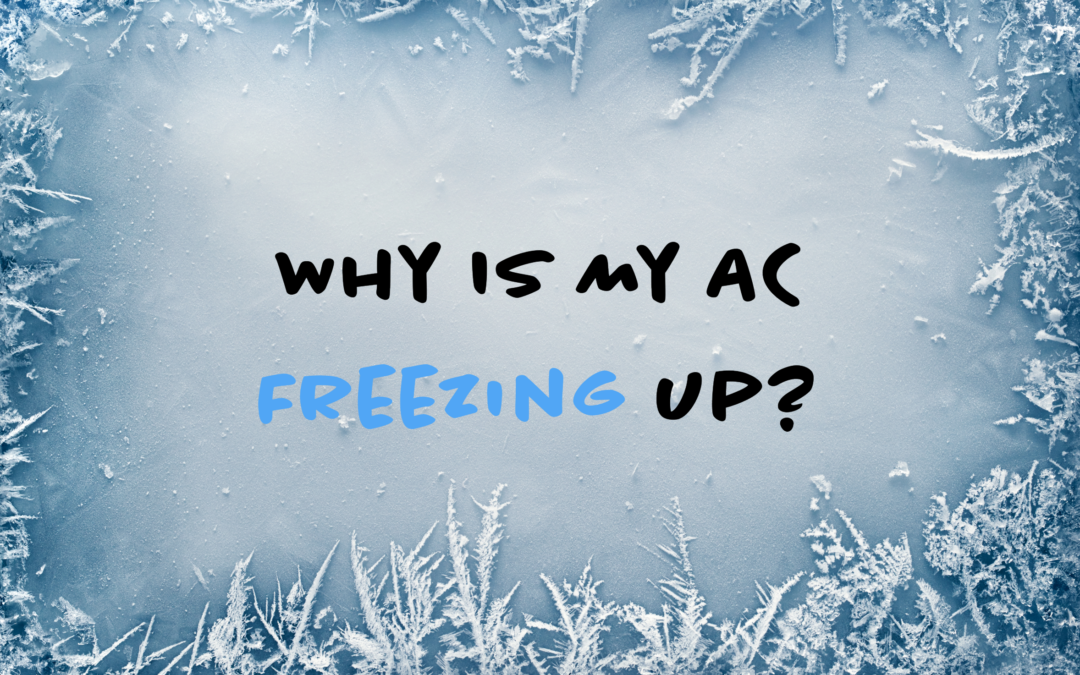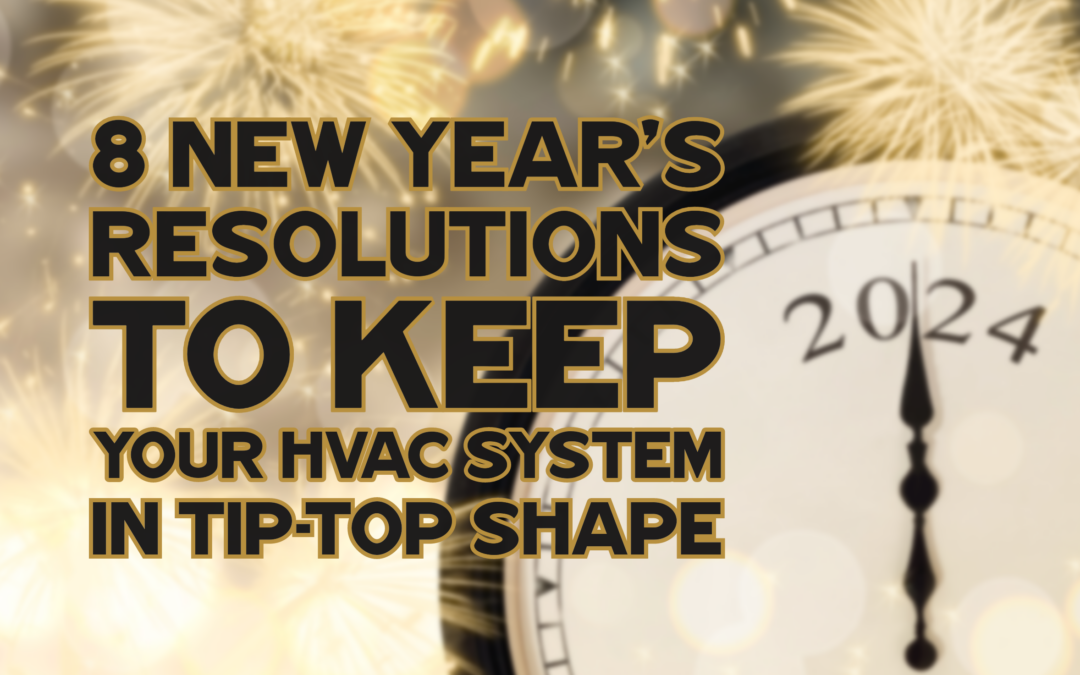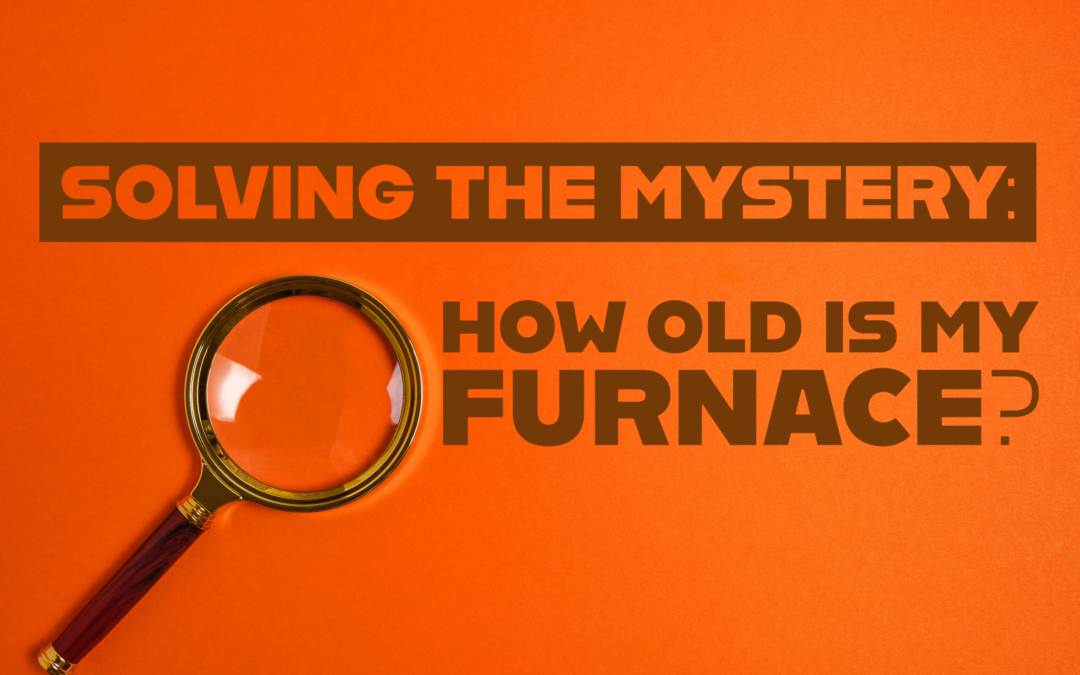It’s difficult to imagine dealing with the scorching summer heat without the benefit of your house’s air conditioner in today’s climate. Others, however, did not have the same comfort level as we do now when it comes to home cooling. So, how did we get high-efficiency air conditioners in our houses? In this article, our HVAC professionals at Madeira Heating & Air tell the story of the contemporary air conditioner and how we have the comfort we enjoy today.
What Was Used to Keep People Cool in the Past?
Although there was nothing comparable to the comfort of air conditioning, people used to stay cool in the past by being inventive and utilizing air conditioning principles that go back several hundreds of years. For example, Ancient Egyptians kept their homes cool in the summer months by hanging chilly, damp clothes on doorsills to absorb heat. Another example is Ancient Rome, during which they developed ingenious technological breakthroughs that made life more convenient at the time. Aqueducts, for example, were used to pump water through the city and even into individual homes. It has also been discovered that aqueducts were built within the walls of more prosperous Roman residences, which circulated water to help cool the air.
It would be hundreds of years before we figured out how to keep our houses and families cool. However, in 1758, Benjamin Franklin and Cambridge University professor John Hadley experimented on the effects of evaporative cooling, demonstrating that evaporating continuous liquids on water’s surface can chill stuff to freezing temperature. In 1765, John Hadley and Benjamin Franklin published the first English-language study on combustion, which paved the way for experimental research on various related ideas in England that would eventually lead to Michael Faraday. However, in 1839, Faraday utilized ammonia in his study, making him the first person to build an air conditioner using a volatile liquid. Before perfecting it over ten years later, in 1851, this study helped American Physician Dr. John Gorrie develop his first mechanical cooling device in the 1830s.
Who Developed the Air Conditioner?
Finally, in the early 1900s, Willis Carrier developed several basic air conditioner types, among them the first modern air conditioners. Carrier invented the air conditioner when paper-printing manufacturing procedures like Sacket-Wilhelm’s Lithographic and Publishing Co. required a way to efficiently cool paper. To assist with this, Carrier developed a machine that circulated air over cold coils to provide a cooling effect while also dehumidifying the paper to maintain it smooth and ink vital.
Cooling was previously only accessible in hospitals and factories, but thanks to the tremendous popularity of air conditioners, Carrier developed the first in-home air conditioning system installed in a Minneapolis mansion in 1914. One year later, in 1915, Carrier joined forces with several Buffalo Forge Company engineers to establish the Carrier Air Conditioning Company of America. In the 1950s, air conditioners became so popular that approximately 74,000 units were installed throughout the United States.
How Did We Get To The Development of Air Conditioning Equipment Today?
With regard to high-efficiency cooling, development continues in the present-day air conditioning system. The most recent innovations to air conditioners include using the magnetocaloric effect, which involves utilizing a magnetic field to heat up and then cool down magnetic materials at extreme temperatures by removing the magnetic field. In addition, new designs for cooling equipment are currently undergoing field testing, and these new components of cooling equipment are intended to be more environmentally friendly and more efficient than conventional air conditioners.
For now, homeowners can benefit from modern, top-of-the-line home cooling equipment and systems that we provide at Madeira Heating & Air. So, if you’re searching for a way to improve your house’s cooling system, look no further! We’ve got you covered! Call us today at (513) 655-5125, or schedule an appointment online now by clicking here!




